The funniest animals in the world – TourCompass’ Funny Seven
23/04/2023Animals are fascinating, and it probably comes as no surprise that we, at TourCompass, love animals!
It’s an amazing experience to travel out into the world and explore the wildlife. We’ve written about The Big Five, but here we give you our take on The Funny Seven. Perhaps you’ll be lucky enough to come across one of them on your next tour?
The dung beetle – the world’s strongest animal that lives off dung!
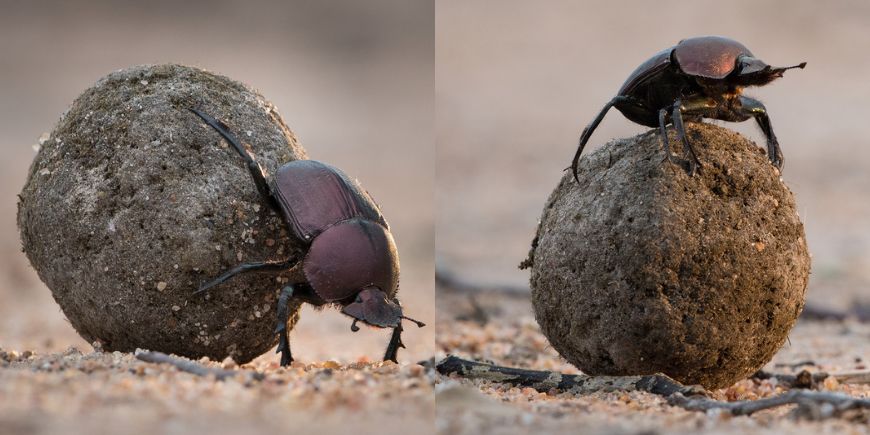
The dung beetle is a fascinating creature that can teach us a lesson or two in recycling and sustainability. These little insects are experts at turning manure into useful soil, and can even roll and push 1,141 times their own weight!
The dung beetle’s favourite meal is, as the name suggests, dung!
When it encounters a delicious piece of dung on its way, it forms it into a ball and rolls it away. And as if the beetle didn’t have enough to do, moving that giant poo, it does so with its head down and its bottom in the air. So, it often has to take a break to get its bearings and check if it’s going in the right direction. It does this by crawling up onto the dung and looking at the stars – the dung beetle is the first known insect to use the stars to navigate.
Where the dung beetle can be spotted: Africa, Latin America, Oceania and Asia.
The pangolin – the living pine cone
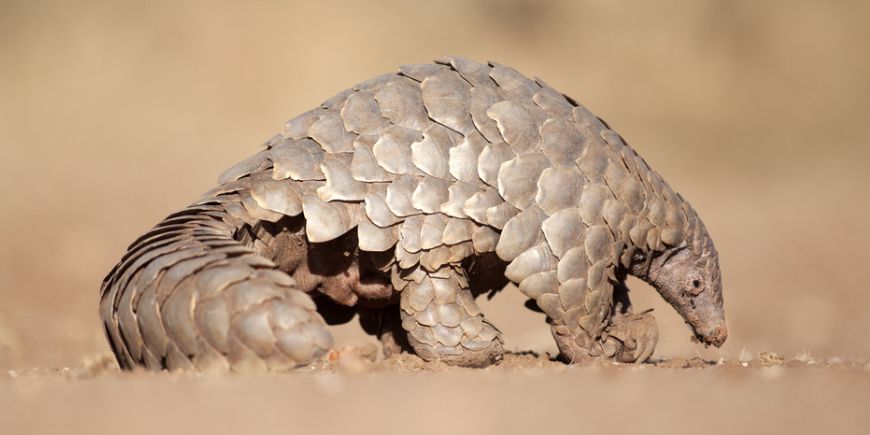
The pangolin is a strange animal that most resembles a pine cone with legs. Its entire body is covered with hard scales, which are made of the same material as our nails. If the pangolin feels threatened, it curls up into a ball and is well protected by its hard scales.
A pangolin has no teeth but uses its up to 40 cm long tongue to eat termites, ants and larvae, in much the same way as an anteater. In fact, it can eat 70 million insects a year! The pangolin uses its stomach to “chew” its food with the help of small stones that it ingests and internal spines in the stomach, both of which help to grind what comes down there.
The pangolin is a highly endangered species, as it is hunted for its coveted scales, which are used in traditional medicine.
Where the pangolin can be spotted: Tanzania, South Africa or Botswana.
The aardvark – an effective digger
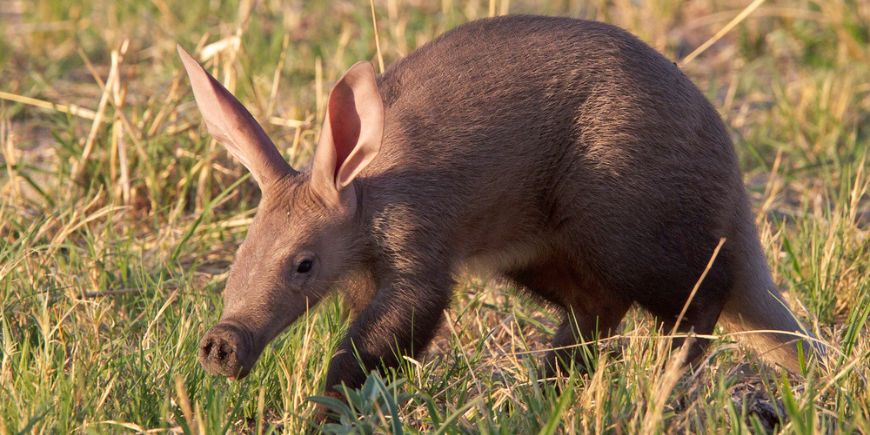
When the aardvark is in search of an ant or termite nest, it uses its powerful, long legs with large shovel-shaped claws that give it an unrivalled ability to dig. It is so efficient that it can actually dig 3–4 metres in the space of just a few minutes. Even though it sticks its head directly into the ground, it doesn’t get soil in its nose or lungs, as it has a pig-like snout at the end of its nose. Its nostrils are lined with long, light hairs and folds of skin which enable the aardvark to seal the nostrils. In its search for food, the aardvark is often bitten by insects, but it is protected by its thick skin.
The aardvark has a well-developed digestive system, which it needs, as insects are quite tough, so when it guzzles ants and insects, its stomach acts like a gizzard. It has a muscular stomach, the contractions of which help to grind the food into pieces.
Where the aardvark can be spotted: in Africa – if you’re lucky. An aardvark is very difficult to see, as it’s a nocturnal animal.
The capybara – nature’s giant guinea pig
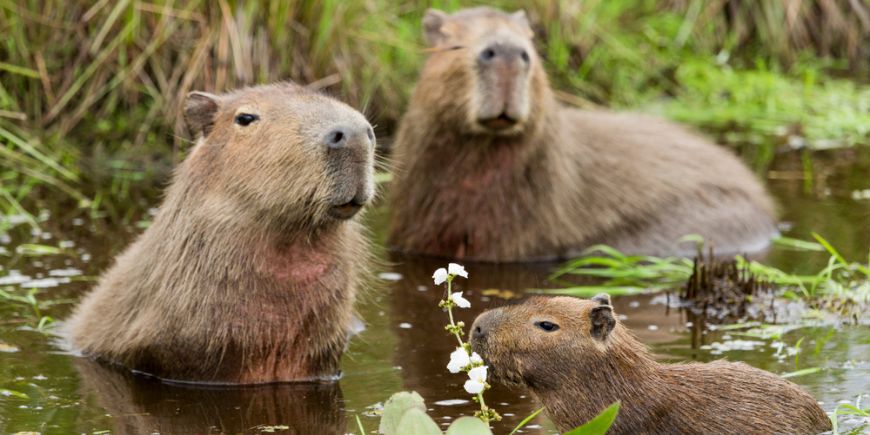
The capybara is the world’s largest rodent. It is also known as a water hog, as it thrives in water.
Its eyes, nose and ears sit high on its head, allowing it to breathe and find its way when swimming. Its webbed toes make it an excellent swimmer. It can also hold its breath for up to 5 minutes. This is an excellent skill to have when it needs to flee from predators and find food in the water.
Like other rodents, the capybara’s teeth are constantly growing, and it wears them down by eating grass and plants. Its food is very difficult to digest, so it eats its own faeces. It does this so it can digest it twice for maximum nutrition.
The water hog is a social animal that likes to live in herds of around 40. Capybaras communicate with one other by barking, whistling and purring.
Where the capybara can be spotted: South America.
The shoebill – a bird descended from the dinosaurs
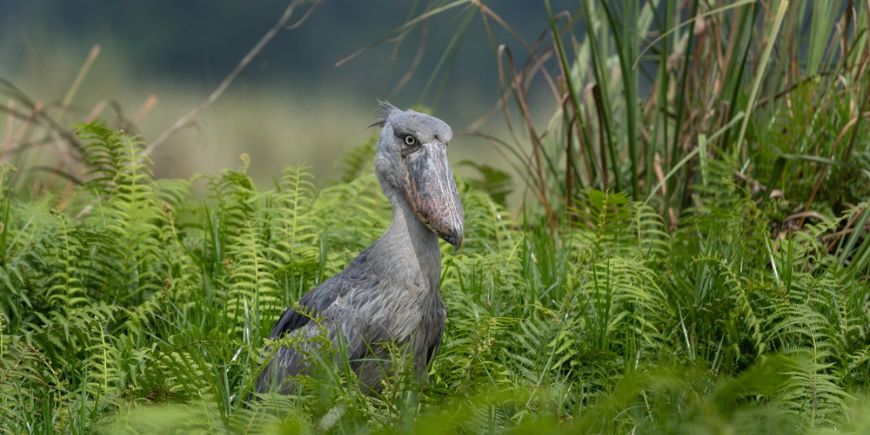
Do you think this bird looks prehistoric? Well, you’re not far wrong. The shoe bill originates from the dinosaur, hundreds of millions of years ago. It is around 150 cm tall with a 20 cm-long beak.
The beak produces a “clapping” sound that both attracts mates and deters predators. The sound has been compared to a machine gun. It also uses its beak as a tool to scoop up water to cool it down in the tropical African sunshine. But the most dangerous function of the beak is as a super-efficient hunting weapon. The shoebill is also known as the death pelican, as it can easily devour a baby crocodile.
Where the shoebill can be spotted: in Uganda, Tanzania and Zambia to name but a few, where it likes to live in swampy areas.
The sloth – the world’s most relaxed animal
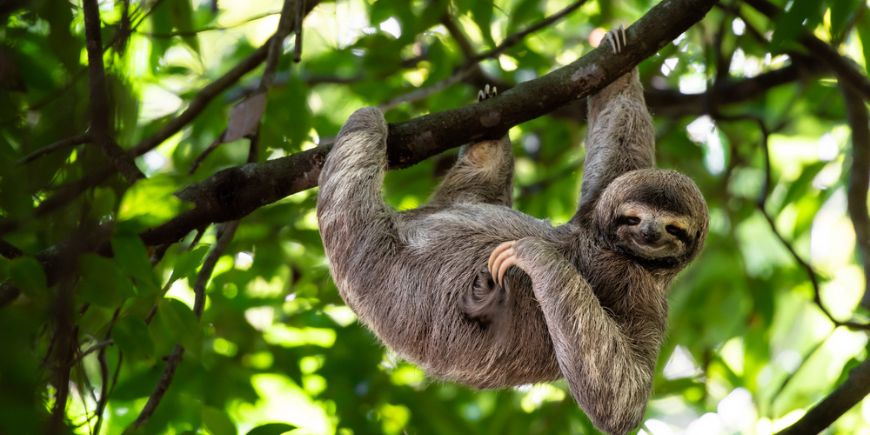
The good news is that you don’t have to be quick to read about these slow-moving mammals.
The sloth is known for its slow movements and laid-back personality.
This is evident in, among other things, the fact that it spends the majority of the day sleeping, which can be up to 20 hours each day. And even its stomachs are slow. A sloth’s stomach has four chambers and it takes up to a month to digest a meal.
But did you know that sloths are also incredibly funny? Their facial expressions and movements can be quite comical at any rate. Watching them climb trees, for example, can be like watching a comedy in slow motion. And thanks to extra vertebrae in its spine, the sloth can rotate its head 270 degrees in both directions. It looks weird.
Where the sloth can be spotted: South and Central America.
The quokka – the world’s sweetest animal
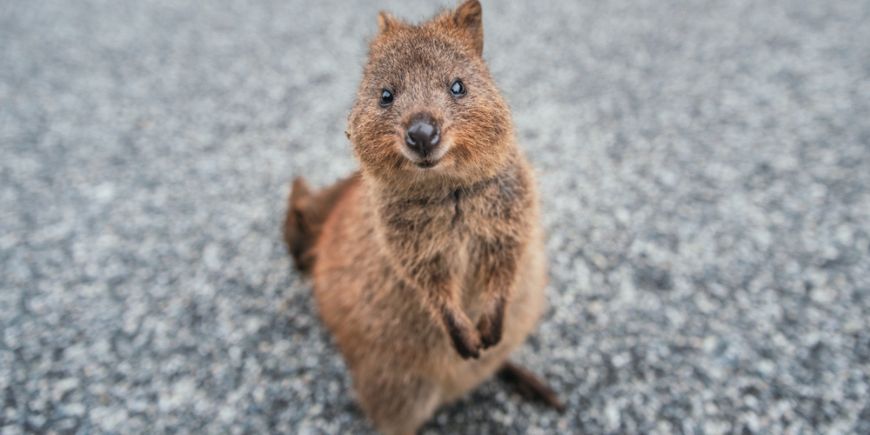
This cute marsupial is a must-see when in Australia.
The quokka is known for its big eyes and constant smile – that’s not to be missed!
The majority of the species, numbering around 10,000, live on the island of Rottnest, off the west coast of Australia. The quokka is pregnant for 27 days, and the baby is hairless, blind and pink when it is born. However, the baby crawls into its mother’s pouch as soon as it is born and lives safely and warmly in there for around 6 months. If tragedy strikes and the baby dies, the mother can give birth to another one soon after. This is possible because she has another baby in her womb in a dormant state of development.
Where the quokka can be spotted: The island of Rottnest in Australia.
TourCompass – From tourist to traveller
